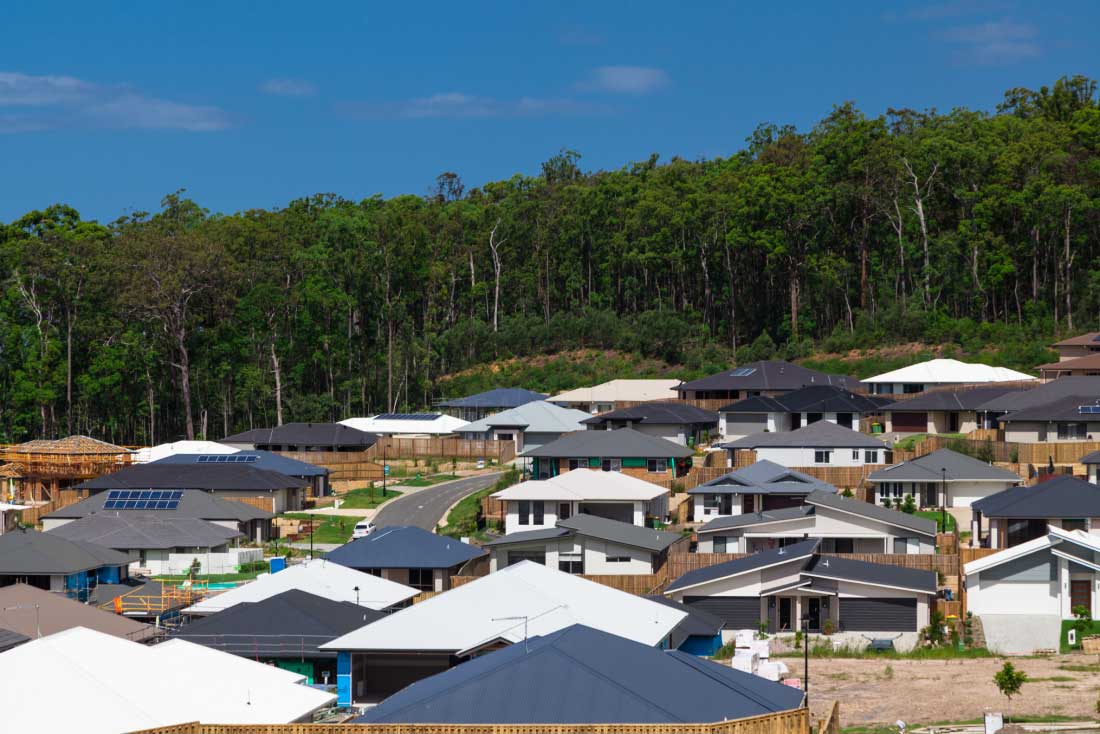
By Nicola McDougall, The Female Investor
As we bid farewell to 2021, most property people are probably still scratching their heads and wondering: “What the heck was that?”
Not many people involved in the sector have ever experienced the wild ride that was last year’s property market, which was often classified as “insane” by many experts as record price after record price broke into new, often eye-watering and unbelievable, territory.
In the years to come there will be plenty of research and analysis about what caused one of the biggest property booms our nation has ever experienced. Until then, though, let’s pick the brains of one expert to better understand what really happened last year.
Kevin Brogan, National Director, Group Risk and Compliance, Herron Todd White
“The 2021 residential property market in Australia has been characterised by some of the strongest conditions that we have ever seen. What sets this year apart is that strong price growth has been experienced in most market segments (geographically, by price point and dwelling type).
“The strength of the market is largely due to our reaction to COVID. That reaction included expansionary fiscal and monetary policies including the cutting of interest rates, and government stimulus initiatives.

“However, there were also lifestyle changes that have had a profound impact on the demand for residential property. Working from home has reduced transport costs for many and there have been reduced opportunities for spending on entertainment and travel due to lockdowns and travel restrictions. As a result, there has been an increase in household savings.
“Strongly increasing residential property prices have been seen in all capital cities, but regional markets have performed even more strongly.
“Owner-occupier buyers are looking for more space to live, flexible space to accommodate working without diminished residential enjoyment and locations with lower population density. Bernard Salt coined the acronym VESPAs (Virus Escapees Seeking Provincial Australia) to explain the phenomenon.
“Such strong demand for residential property in regional markets has exceeded supply which has further contributed to rapid price growth. Travel restrictions have also led to a much greater acceptance of “virtual” property inspections by “out of area” buyers and increased confidence to buy sight unseen.
“Even with rapidly increasing prices, metropolitan buyers are viewing fringe and regional property as good value buying. With such widespread strong price increases, the list of high performing areas is long, but it includes the Sunshine Coast, Mornington Peninsula, and The Illawarra.
“The demand for new homes (and the lack of supply of existing homes on the market) has led to record levels of residential construction. However, another consequence of COVID has been supply chain disruption. Shortages of skilled labour and materials are causing cost escalation and delays for some builders.
“Most commentary (including the above) is about the number of transactions, but Herron Todd White has also seen a corresponding increase in mortgage valuations undertaken where owners have not bought or sold property but are looking to take advantage of the increased equity in their homes. High transactional costs mean that many homeowners are also “staying put” and refinancing to renovate.
“In the final quarter of 2021, there were signs that mitigating factors were beginning to slow the rate of price growth in some markets. There has been an increase in the supply of residential property (increased listings) which has resulted in lower auction clearance rates and serves to lessen the market urgency that has been created by a “fear of missing out” (FOMO).
“Rapid price increases have caused a decline in housing affordability (the ratio of housing cost to household income), as well as the length of time it takes to save a deposit.
“Combined with APRA’s increase in the serviceability assessment buffer (to three per cent above the mortgage product rate) this will impact first-time buyers and lower- to mid-range income households.”







